ADJ Vizi Beam CMY is one of ADJ's newer offerings in the category of moving beam heads. This model is designed to meet the requirements of professional users and falls into the "pro" segment.
But who really decides whether a particular head belongs to the professional class or rather to budget solutions? I invite you to a brief review of the most important features of the new head!
Light source and colors.
At the heart of the Vizi Beam CMY is a powerful 310W Osram Sirius HRI discharge lamp. The lamp is very bright and intense, with a lamp life of about 6,000 hours. Classic for devices that run on discharge lamps. The temperature of the source is 7850K, which makes it quite cool. CRI of the lamp at +/- 86.
One of the most important elements distinguishing Vizi Beam CMY from its popular competitor, which in this case may be Sharpy, is the use of a CMY (Cyan, Magenta, Yellow) color mixing system. This allows us to transition between colors very smoothly.
Interestingly, when mixing colors such as Orange, Purple, etc. where we put 2 filters on top of each other - we will not experience the effect of chromatic aberration (i.e. brightness gradient at the edge of the beam). I wonder if there will be a device with a CMY mixing system in this price range?

In addition, the device is equipped with a traditional color wheel that contains 14 filters, including the popular CTO (3200K), CTB (9000K) and UV filters.
We also get an overlay called "multicolor". An interesting use for the prism and gobo reducer. This effect spreads very coolly over the arms of the prism, with 3 "swords" per color.

Optics
The beam generated by the Vizi Beam CMY has an extremely narrow angle - just 2°. The focus system is quite precise. Yes, I left the head for half a day to work the lens from the focus. After that time the lens returned to its position. I'll be honest, I didn't expect that.

In addition, I tested the device in smoke. With cheaper and "rice" solutions, I often see that the gobos sharpen either inside or outside the beam. This is not the case with the Vizi Beam, it sharpens across the entire spot of light. The dimmer also works surprisingly well. It's not in the range of a dozen bits like the cheap bulb devices, and it works linearly over the full DMX range.
I also noticed that there is a problem with a very large "hotspot" but only when the lens is fogged up. This seems to be a natural occurrence. The device does not have a defined IP rating, so I would rather target a typical indoor application here. To confirm my words, I will add that the lens fogged up for me when using it outdoors at low temperatures.
System of gobos, prisms, etc.
The Vizi Beam has a gobo wheel with 17 static patterns including four "pins," which is nothing more than a so-called beam reducer, known from other devices. The gobos are pretty cool for glowing in smoke and blend nicely with the prisms. We can "shake" each gobos.

The device is equipped with two rotating prisms. The first is a 16-fold circular prism and the second a 6-fold linear prism (something reminds me...). Both prisms can be superimposed on each other. A very cool rotating egg effect can be achieved just by superimposing these prisms. A slight drawback is the divergence of the focus parameter when superimposing the prisms.
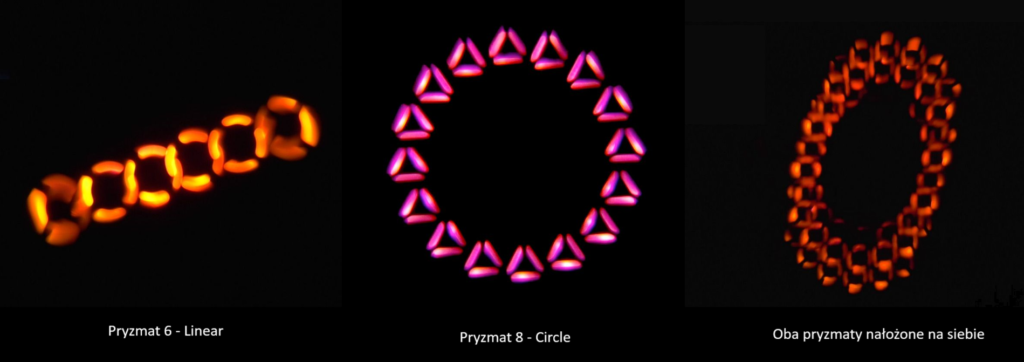
There is also a FROST filter available. It looks cool with the beam open like a narrow wash, but turning on the frost on the prism and gobs makes us a very ugly beam.

A handful of technical data.
- Fast PAN and TILT movements - the device works extremely fast and precise. PAN range of 540° and TILT range of 270°. After moving the head manually, it returns to its place without skipping or losing its position.
- DMX and RDM support - the device can be controlled both with a classic DMX signal and via the RDM system, on board only XLR 5 pin connectors.
- Built-in DMX wireless receiver - Aria X2
- 2 modes of operation, 20ch and 24ch.
Design and power supply
The dimensions are 24.9 cm x 36.3 cm x 45.5 cm, and the weight is 17.5 kg. The case is made of plastic, the fit of the parts at the joints is quite aesthetically pleasing but I have the impression that the plastic is slightly thin in some places.
The device is not one of the quietest. After all, we have a powerful lamp to cool. The total power consumed is 390W. We power the heads through the powercon system. We can power other devices through the Truecon system.
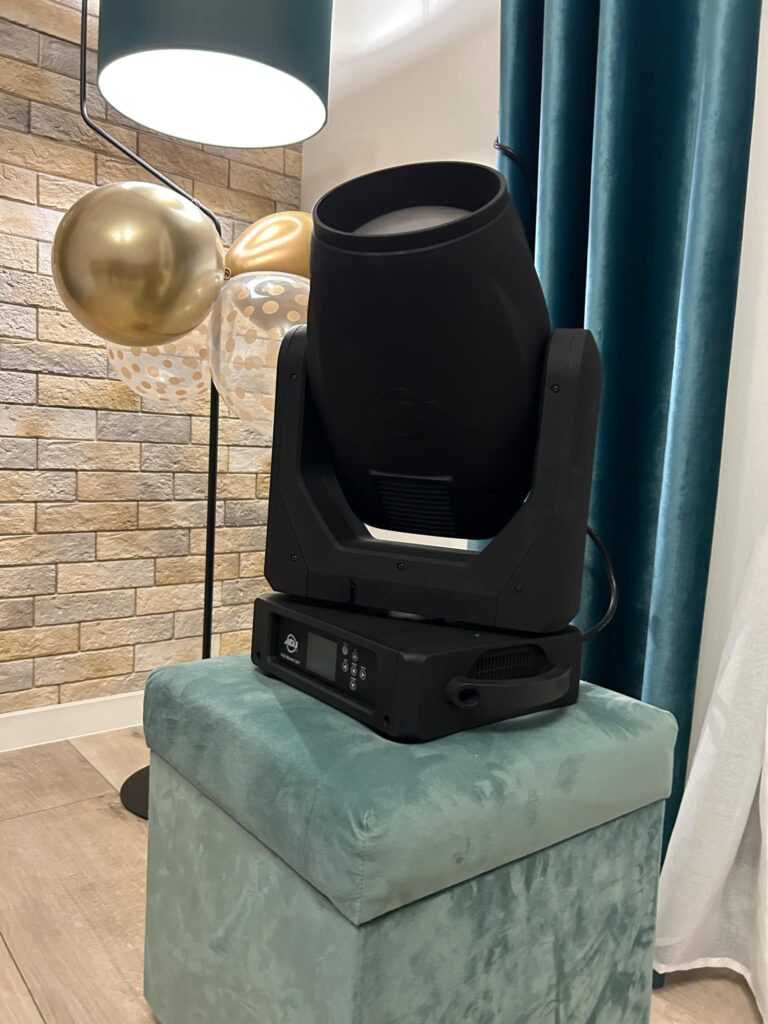
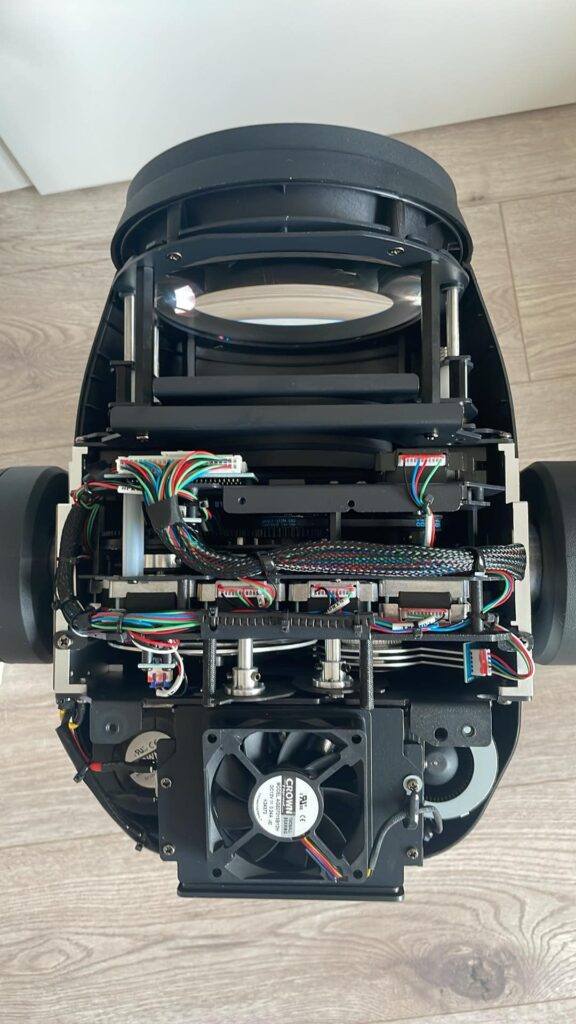
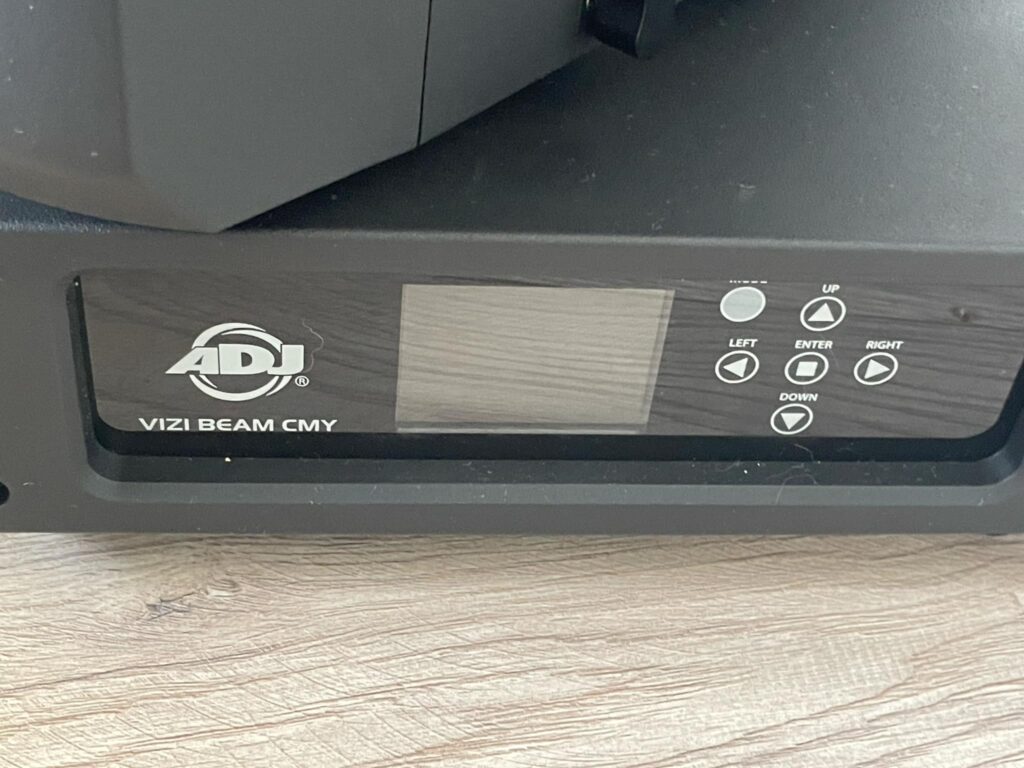
Summary
In my opinion, we can count the Vizi Beam CMY as a device from the PRO segment. It is characterized by quite nice precision and repeatability in operation (I mean, for example, no focus jitter) cool prism system, multicolor dial and fast and smooth movements.
Very many companies on the market are looking for hybrid devices. The lack of a zoom to make a spot on this head is a slight downside, but certainly not disqualifying it. In this price range, it's a really nice device.
I will reveal to you that at the beginning of October 2025 I will be using these very heads at a larger festival in a rather large setup. I just chose these heads because of their very narrow and precise light angle and CMY color mixing system.
See you at the realizations and we wholeheartedly encourage you to create accounts and comment on our posts.
Manufacturer: ADJDistributor: FC Stage




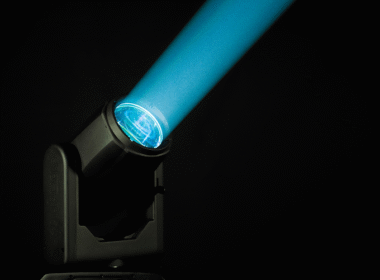
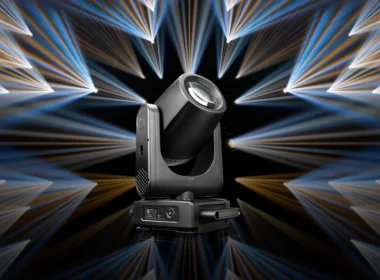
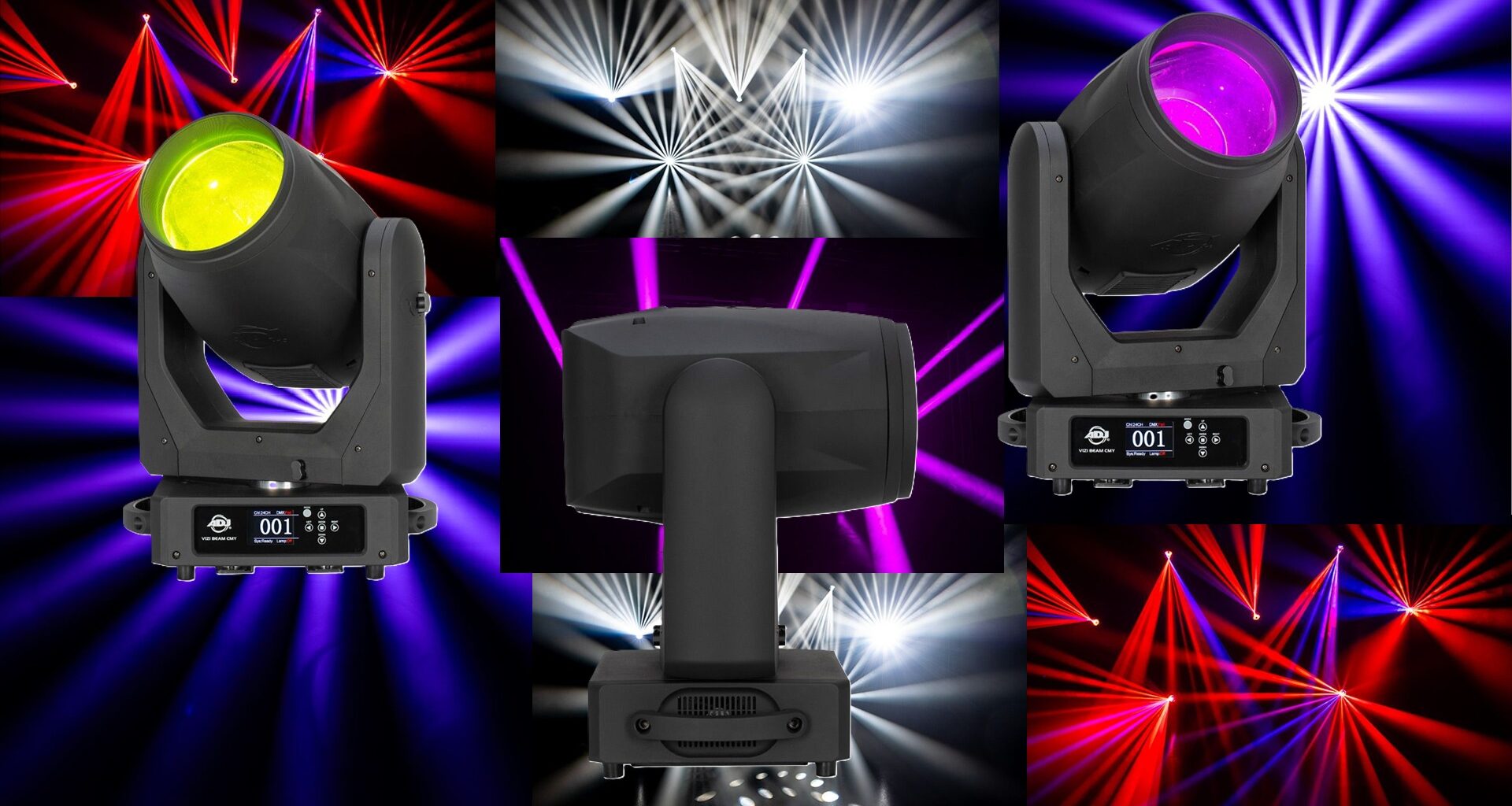



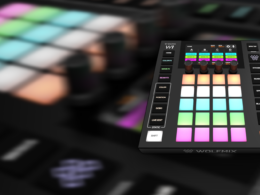

You write that the dimmer works surprisingly well, over the full DMX range. But my question is how does this dimmer work? In cheap devices on discharge lamps, I have encountered aperture limitation as dimmer, which, with prisms in place, results in displaying, for example, half a circle on a circular prism. And here how does it work? Does it reduce the intensity of the transmitted light or limit the field of passage?
Greetings
Hey Santa, thanks for your comment!
Dimmer in this head works mechanically on the principle of apertures, but I tested it and it works smoothly - on the wall you do not see the effect of "teeth" or unevenness.
As for the prisms, I also didn't notice any strange artifacts in the image. On the plus side, the dimmer doesn't work in three incremental steps ("closed, something there, something there, open"), as in cheap devices. Here the range is full - from 0 to 255, rather than, for example, from 20 to 90, which gives much better control over brightness. What devices did you test that made these optical "artifacts"? pzdr 😀.